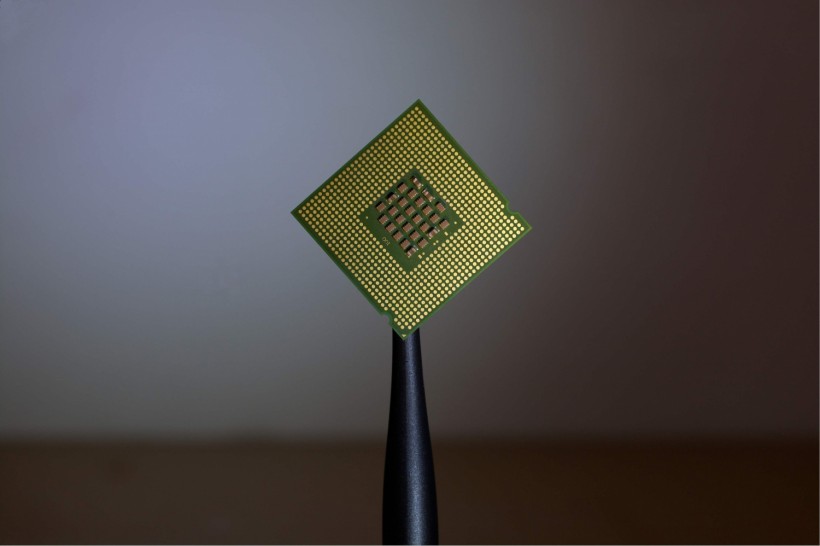Cilia are the microscopic hairs responsible for the motion of biological materials within the body. Remove inhaled pathogens from the respiratory tract, push cerebrospinal fluid into the brain, transport egg cells from the ovary to the uterus and keep other organs and tissues clean.
In other words, they are experts in precise microfluidic control over the important liquids in the body. Researchers have come close to using these crucial wonders of nature to develop a technology that will significantly improve medical diagnostics.

Cilia-Covered Microchip May Revolutionize Diagnostic Devices in the Future
How the Cilia-Covered Microchip Works
Scientists have been trying to mimic the properties of cilia for many years and recently, they have created a microchip covered with artificial cilia that can control the minuscule flow of fluids.
In the paper titled "Cilia Metasurfaces for Electronically Programmable Microfluidic Manipulation," published in the journal Nature, researchers presented a technology that could become the basis of new portable diagnostic devices. It could make field testing much cheaper, easier, and more efficient than lab-based tests.
The researchers from Cornell University took some inspiration from their earlier work that won them a title in August 2020 from Guinness World Records. They designed the world's smallest walking robot that is only about a fraction of a millimeter wide and can walk using four bendable knees.
According to Scientific American, cilia are like the bendable legs of the robot. They created artificial cilia that use bendable, nanometer-thin film that responds to electrical pulses. Each cilium is 1/20 of a millimeter long and 10 nanometers thick, attached with a strip of platinum on one side and a titanium coating on the other.
The metal makeup is crucial to the device to electrically control them. A low positive voltage triggers a reaction and breaks the water molecules from the fluid droplet they used in the test. That means the platinum has absorbed the oxygen atoms, which causes the strip to stretch and bend in another direction.
Once the oxygen is driven out of the platinum by reversing the voltage, the cilium also returns to its original shape. In other words, they could bend and unbend the artificial cilia. Then they tried the experiment on thousands of artificial cilia by dividing the chip into ciliary units that are individually controlled to allow bending and unbending and for the chip to move.
ALSO READ: 'I Choose To Be a Cyborg': Why I Implanted Computer Chips in My Hands
Creating the Next Wave of Microfluid Manipulation Devices
Study senior research Itai Cohen, a Cornell University physicist, said that creating artificial cilia that are electrically controlled and can be integrated with interesting electronics is very complex. But their system solves problems relating to its creation and hopes to develop the next wave of microfluidic manipulation devices.
News Medical Life Sciences reported that the team developed a device that was divided into 16 ciliary units programmed to coordinate with one another using their cilia-covered microchip. As they worked together, they created a near-endless combination of flow patterns.
The device is also equipped with a complementary metal-oxide-semiconductor (CMOS) clock circuit that acts as an electronic brain, allowing the artificial cilia to operate on their own without a computer system. This device opens new doors for low-cost diagnostic tests that can be performed in the field.
"You wouldn't have to have a fancy pump, you wouldn't have to have any equipment, you would just literally put it under sunlight and it would work. It could cost on the order of $1 to $10," the news outlet quoted Cohen.
RELATED ARTICLE: Paralyzed Man Speaks and Asks for Beer Using His Mind Through Microchip Brain Implant
Check out more news and information on Tech & Innovation in Science Times.


![Earth's Quasi-Moon Kamo‘oalewa Could Originate From Lunar Surface Not Asteroid Belt [Study]](https://1721181113.rsc.cdn77.org/data/thumbs/full/53275/89/56/50/40/earths-quasi-moon-kamo-oalewa-could-originate-from-lunar-surface-not-asteroid-belt-study.png)











